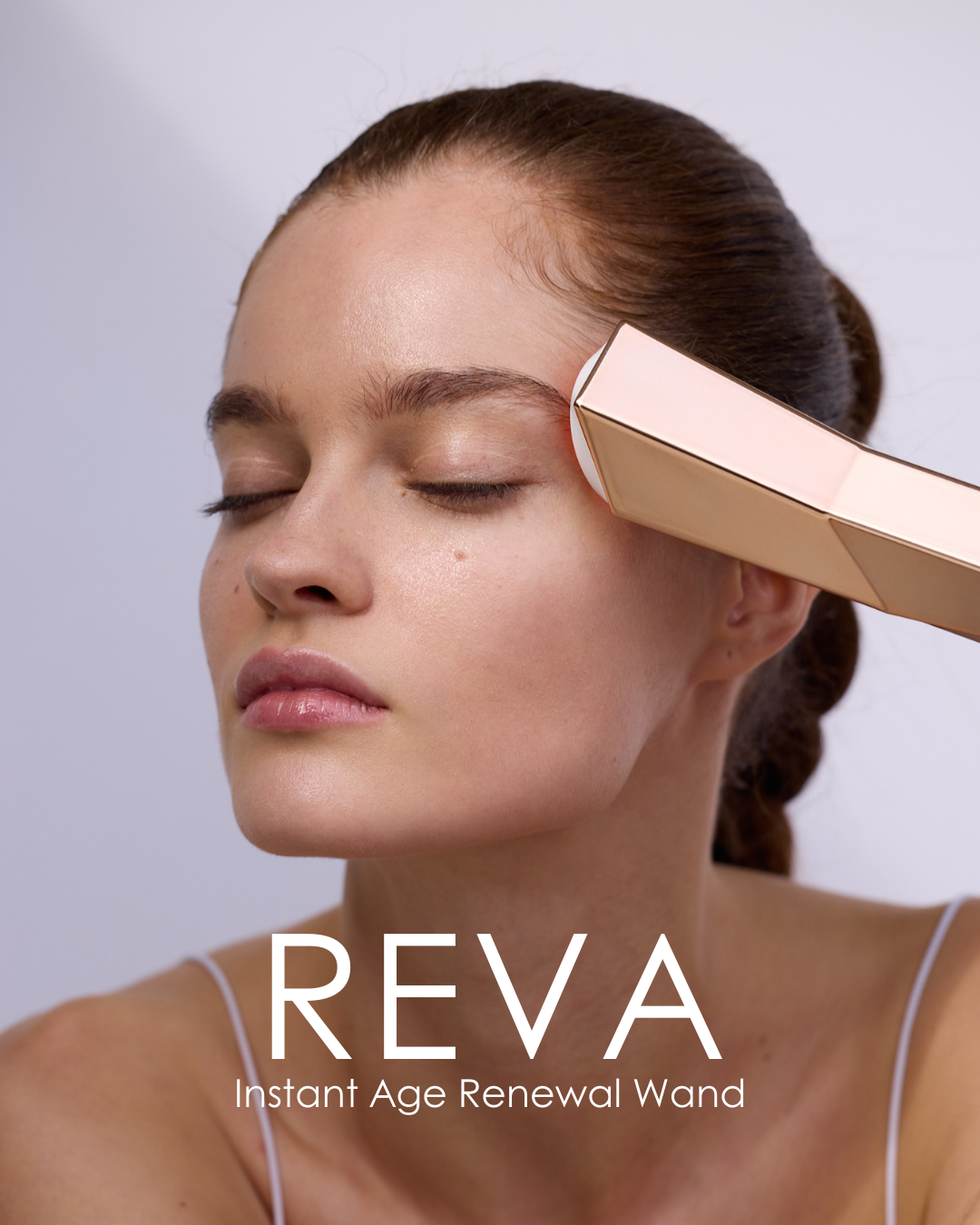
Is Vacuum Body Sculpting Just for Weight Loss?
IN THIS ARTICLE:
- 01 What is Vacuum Body Sculpting?
- 02 Where On the Body Can I Use a Vacuum Body Sculpting Device?
- 03 Is Vacuum Body Sculpting Invasive?
- 04 Can I Use Vacuum Body Sculpting For Weight Loss?
- 05 Can I Use Vacuum Body Sculpting For Muscle Toning?
- 06 Can I Use Vacuum Body Sculpting for Sports Recovery?
- 07 Can I Use Vacuum Body Sculpting for Lymphatic Drainage and Detox?
- 08 Can I Use Vacuum Body Sculpting for Cellulite and Stretch Marks?
- 09 The Takeaway
5-minute read
When you hear the words ‘vacuum body sculpting’ the mind might naturally jump to extreme weight loss, crash diets, and fitness fads but vacuum body sculpting is all about supporting healthy weight loss and targeting other biomarkers of excess body fat such as low-grade inflammation, cellulite, muscle weakness and lymphatic build-up.
What is Vacuum Body Sculpting?
Vacuum body sculpting is a non-invasive body contouring technique that uses a targeted ‘suction and release’ mechanism to reduce adipose tissue in areas of the body. It has many applications beyond body sculpting such as muscle toning, sports recovery, and lymphatic drainage.
Typically, a handheld device with a suction cup attachment is applied to the skin, pulling skin and subcutaneous adipose tissue inside the cup. The suction lasts for roughly 2-3 seconds before releasing the skin. The ‘suction and release’ technique is repeated multiple times throughout the treatment. The suction method causes lymphatic and blood vessels to dilate and speeds up the metabolic rate of skin and tissue. Increased oxygen and nutrients are supplied to the area while waste and fluid build-up are eliminated through the lymph nodes. Fat deposits are also softened and dissolved.
Where On the Body Can I Use a Vacuum Body Sculpting Device?
Vacuum body sculpting has a broad application and can be used on the arms, legs, stomach, back, legs, hips, and buttocks.
Is Vacuum Body Sculpting Invasive?
Vacuum body sculpting for weight loss and toning is non-invasive and requires no downtime. It is a non-surgical fat reduction technique and unlike liposuction and other invasive body sculpting methods, it does not require incisions or multiple salon treatments. Of course, the results of vacuum body sculpting are less extreme than liposuction and require upkeep to maintain results.
Can I Use Vacuum Body Sculpting For Weight Loss?
Vacuum body sculpting is a complementary cosmetic procedure, not a substitute for weight loss efforts. It can help refine the body's contours after substantial weight has been lost through diet and exercise, but it is not a primary solution for extreme weight loss. It can be complementary to other procedures like electrical muscle stimulation (EMS) to reduce the amount of adipose tissue under the skin and reveal the inner contours of your body.
Can I Use Vacuum Body Sculpting For Muscle Toning?
Vacuum body sculpting does not build muscle per se (we still need to prioritize resistance training and eating more protein for this, sorry). It does help to reveal and accentuate muscle definition by firming the skin and targeting any excess adipose tissue found around the muscle. Think of it as adding the finishing touches to your new physique, further magnifying all your hard work.
Can I Use Vacuum Body Sculpting for Sports Recovery?
After a particularly gruelling gym workout or training session, we know our muscles can feel the burn for days. This phenomenon known as “delayed onset muscle soreness” or DOMS can be alleviated with recovery techniques such as ice baths, massage, and foaming rolling. But did you know, a cupping-like device such as vacuum body sculpting can also help muscles to recover quicker and maximize performance. A recent study found that the effect of cupping like techniques 24h after exercise reduced muscle fatigue. While vacuum body sculpting and cupping are different, they may have similar benefits. Red and infrared light therapy has also been shown to enhance recovery by boosting mitochondrial function for better endurance and shorter recovery times.
Can I Use Vacuum Body Sculpting for Lymphatic Drainage and Detox?
Vacuum body sculpting shares similarities with the ancient practice of cupping, which uses suction to stimulate the skin and tissues. However, modern vacuum devices offer a more sophisticated approach, with devices such as the Sera by Project E Beauty combining suction vacuum therapy with red light therapy and EMS. The suction mechanism impacts the lymphatic system by increasing oxygen and nutrient supply to the treatment area and eliminating waste and fluid retention through the lymph nodes. This has aesthetic and health benefits as it reduces inflammation in the body to reveal and smoother and firmer silhouette.
Can I Use Vacuum Body Sculpting for Cellulite and Stretch Marks?
Cellulite is an accumulation of stored fat experienced by up to 90% of women throughout their lifetime. While it poses no health risk, many people choose to treat the physical ‘dimpled’ effect through different methods. While it is impossible to eliminate cellulite entirely, certain techniques such as vacuum therapy can reduce its appearance. The negative pressure created by the suction technique disperses accumulated adipose tissue or fat cells under the skin - ie cellulite. It is important to note that repeated treatments are required to achieve and maintain results.
SERA | Vacuum Body Contour Device
A 3-in-1 body contouring device with vacuum therapy, EMS and red light therapy to sculpt, smooth and tone
The Takeaway
So, does vacuum body sculpting work? Vaccum body sculpting, often associated with weight loss, has many applications beyond this narrow perception. Vacuum therapy is used to boost muscle definition, promote lymphatic drainage, enhance sports recovery and smooth cellulite. At-home body sculpting devices should be incorporated into a balanced fitness routine to promote a more toned and rejuvenated physique.
Whether targeting cellulite, muscle soreness, or just wanting to feel more confident, vacuum sculpting is worth considering as part of a holistic approach to health and aesthetics.

written by Olivia Khader

















Leave a comment
This site is protected by hCaptcha and the hCaptcha Privacy Policy and Terms of Service apply.